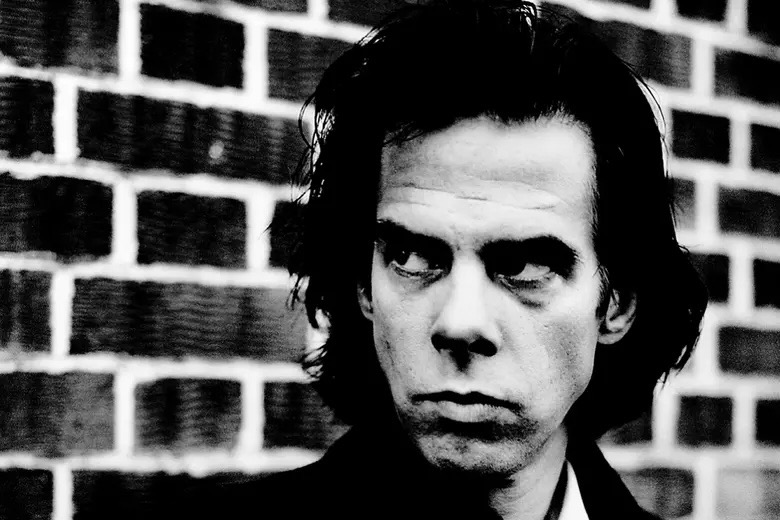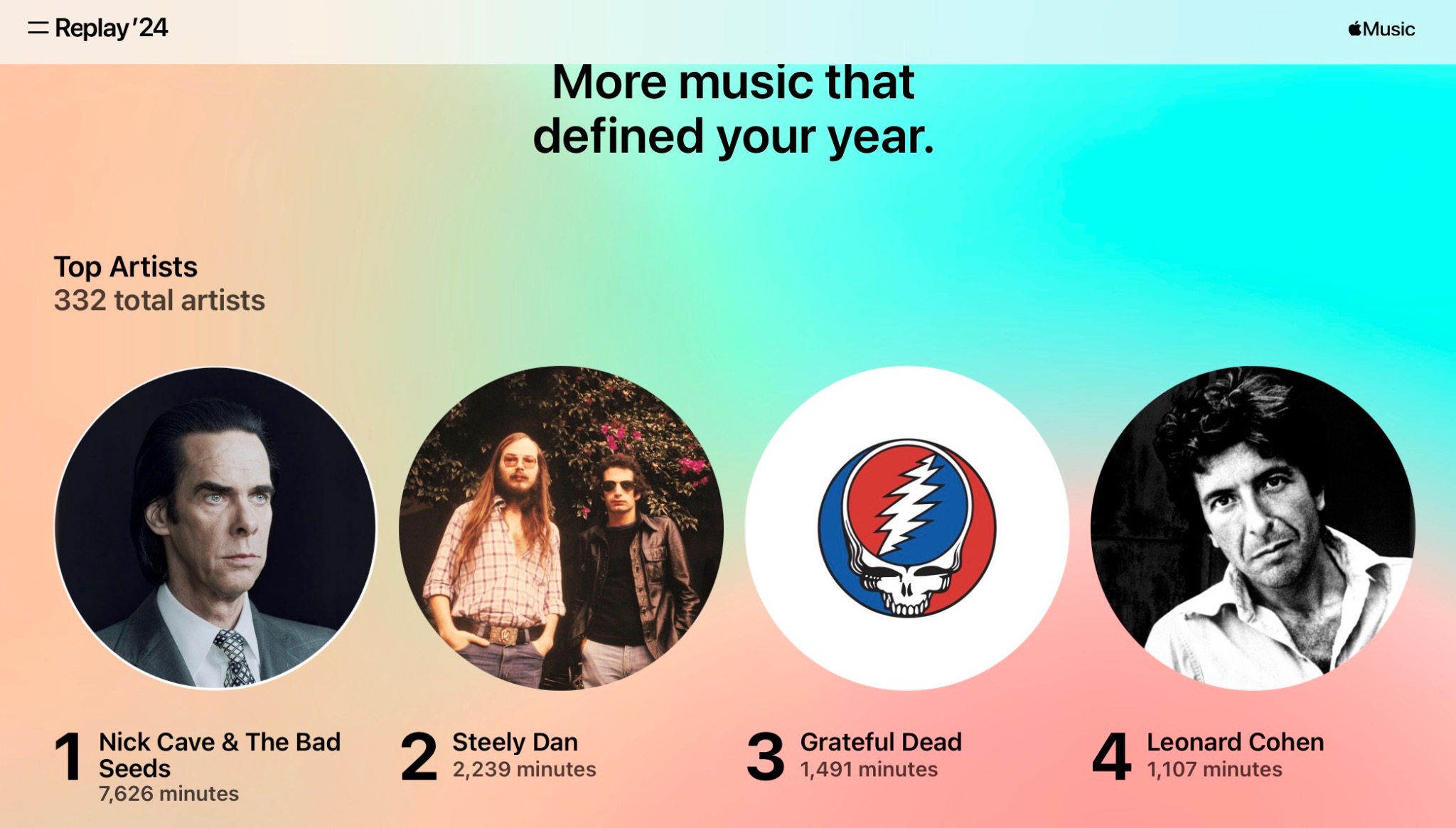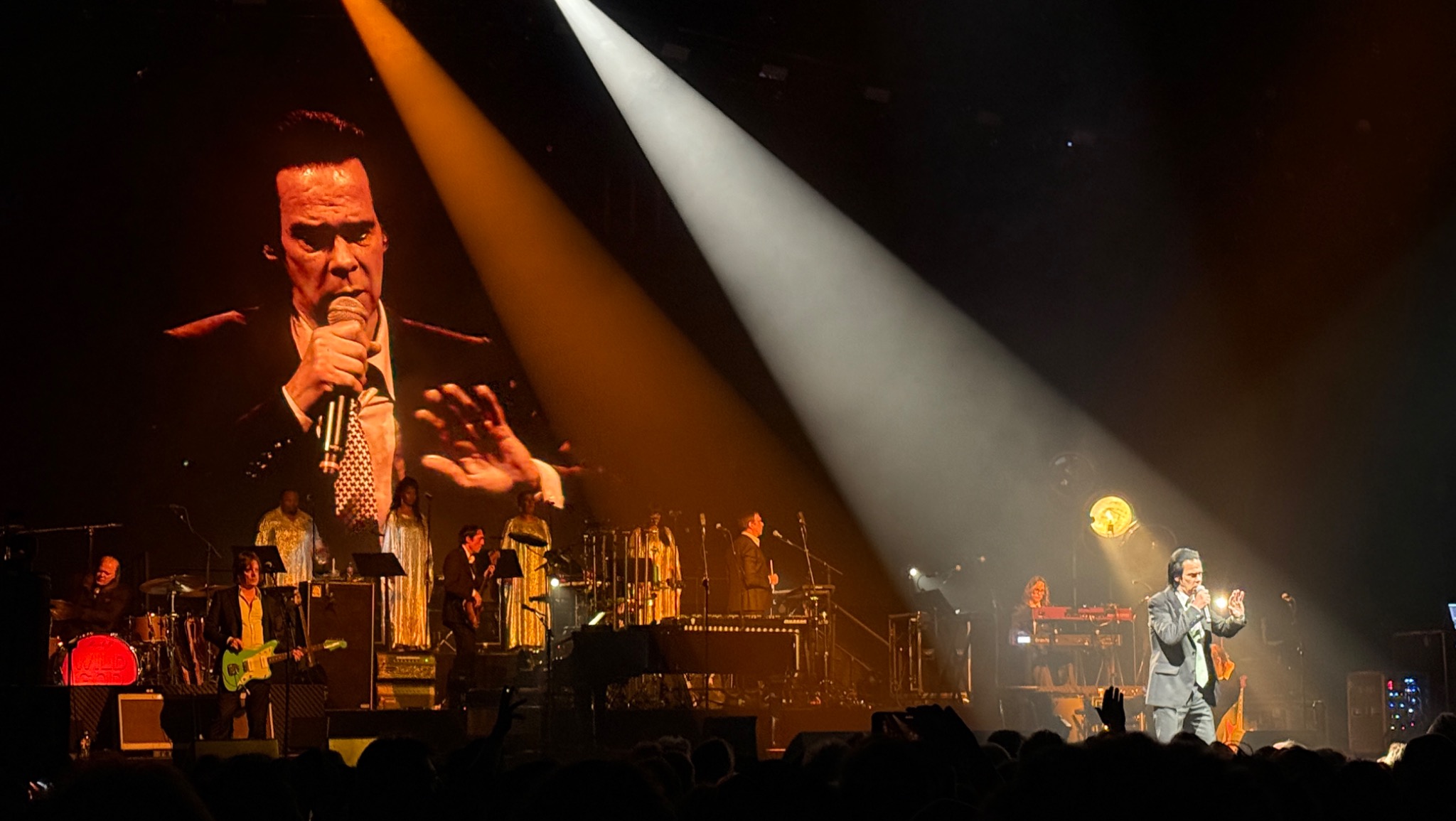
My Belated but Joyful Journey to the Music of Nick Cave
One Saturday afternoon in September 2016, Sandy and I were strolling through Durango, Colo., when we happened upon a local record store and popped in to search for some vinyl.
After five minutes of browsing, a haunting and brooding song began playing over the shop’s sound system and immediately caught my attention. The voice was vaguely familiar, but after a verse or two, I still drew a blank on the artist.
I asked the shopkeeper, who told me it was Nick Cave & the Bad Seeds with a new song called “I Need You” from their recently released album, “Skeleton Tree.”
Nick Cave & the Bad Seeds ... the name was familiar, and I recollected a cover they had recorded years earlier, though not much else other than the fact they were from Australia. I felt like I should’ve known more, maybe a lot more, about them.
Mystified by the song’s melancholy sound and mournful lyrics about longing, loss, death, and despair, I made a mental note to check out the band when we returned from our trip, but I forgot to follow through. Such is life sometimes.
The following spring, however, I got a second chance. Driving home one day, another haunting and brooding song began playing on my favorite radio station, the Colorado Sound. “Ah!” I thought. “This must be Nick Cave & the Bad Seeds.”
The DJ confirmed it was indeed them performing their 1990 tune “The Weeping Song,” a fabulous track written by Cave with former Bad Seeds guitarist Blixa Bargeld sharing vocals and also joining Cave in the low-budget but brilliant video.
This time, I went straight to my laptop, searched for Nick Cave & the Bad Seeds on YouTube, found a playlist of 15 popular tracks, and began listening. After only a few songs in, I was transfixed. And I have been ever since.
From that moment until today, their music has been a constant in my life, helping Cave skyrocket into contention for this fan’s musical Mount Rushmore with longtime established favorites like Steely Dan, the Smiths, R.E.M., Leonard Cohen, the Grateful Dead, and the Cure.
To honor Cave’s meteoric rise to such rarified air, my latest blog chronicles the intense and indelible connection with an artist who didn’t enter my sphere until much later in life but whose music struck a powerful chord—unlike anything I had experienced in decades.
‘You are a little mystery to me’
It’s hard to separate Nick Cave from his band, the Bad Seeds, just as it’s hard to separate Bruce Springsteen from the E Street Band, Tom Petty from the Heartbreakers, or Booker T. from the MGs.
The Bad Seeds are instrumental (pun intended) to Cave’s sound and aesthetic—though Cave has other associated groups like The Birthday Party and Grinderman—but this blog will focus primarily on the lyricist and frontman rather than his backing bands.
Let’s start with the obvious: I became a Nick Cave fan at a much older age than most. Shockingly, I didn’t discover him until my mid-40s—that’s how old I was when those two seemingly chance encounters with his music occurred.
The late arrival to Cave is shocking for several reasons, most notably because his sound and style were tailor-made for my taste in moody and broody alternative music, replete with complex lyrics and intricate storytelling. And not only has he been around since the 1980s, but his music intersects with some of my favorite artists, including Johnny Cash, Elvis, and, most notably, Cohen.
That cover tune I remembered back in the record store? It was a rendition of Cohen’s “Tower of Song” from a 1991 tribute album. That bawdy, boisterous, baritone-heavy, and bar-drinking version of a Cohen classic alone should’ve sent me running to hear more.
I later realized Cave’s song “People Ain’t No Good” was in the movie “Shrek 2.” Another Cohen cover, “Suzanne,” appeared in a concert film. He and collaborator Warren Ellis did the soundtrack for a documentary I saw about the West Memphis Three. And one of Cave’s signature tunes, “Red Right Hand,” was the title song for a popular TV show called “Peaky Blinders” that I hadn’t watched but knew of.
Cave was everywhere, it seemed—certainly in places I would’ve or should’ve come across him. At one point, I asked myself how the fuck his music didn’t enter my orbit and take hold much earlier.
But he was solidly in my orbit now. And as I began digging into his vast canon, I liked almost everything I heard. With each new gem I uncovered, with each new poetic lyric that spoke to me, with each mesmerizing YouTube clip I watched, my fanaticism grew.
And because I discovered Cave so late in his career, I had a lot of his music—three decades’ worth—to explore. Finding new songs to add to my growing Nick Cave & the Bad Seeds playlist on Apple Music (click to listen to my faves) became an obsession.
Still, I couldn’t help but wonder: Why had fate kept him away for so long?
‘I am not afraid to die’
Something that kept me searching through Cave’s catalog was his unrelenting willingness to try new things, whether lyrically, musically, or thematically. Each album offered something different. Some fans gravitate to one phase or another, but I embraced it all.
In his early days, Cave was raucous and rambunctious, a dark prince of post-punk goth rock known for his teased black hair, addiction to heroin and other substances, and a frazzled, chaotic demeanor with music that undoubtedly matched his persona.
One of Cave’s early successes was “The Mercy Seat,” released in 1988 and still regarded as his most famous song. It’s a frightening, first-person account of a man sitting on death row and contemplating the end of his life. It’s an essential Cave tune.
The official video is linked in the song title above, but here is a live version from his recent tour stop in Denver (more on Cave’s concert in the section below).
Other dark songs characterized this period for Cave, including these two standouts: “From Her to Eternity” and “Tupelo.” The latter recounts a deadly storm that decimated the small Mississippi town on the night Elvis was born in 1935. It’s pure Southern Gothic and pure brilliance, and the video is wild. (I’ll share more about “Tupelo” in a future blog connecting Cave and the King.)
Over time, Cave got sober, settled down, and developed into a more contemplative songwriter renowned for his soft-spoken, somber, and measured ballads. Take, for example, the sweet and melodic “(Are You) The One That I’ve Been Waiting For?” from the album “The Boatman’s Call” (whose cover is this blog’s lead image).
“The Weeping Song,” “The Mercy Seat,” “Tupelo,” and “(Are You) The One That I’ve Been Waiting For?”—perhaps my favorites of his entire oeuvre—are just four songs of many that showcase Cave’s depth and breadth as a writer, composer, and singer, but the list goes on and on. (Another blog ranking Cave’s songs is in the works.)
There was something to love in every stage of his career, from his early songs of sorrow, loss, and despair to his later songs of spirituality, love, and joy. I felt a connection to it all. And by 2024, Nick Cave & the Bad Seeds securely owned the top spot on my Apple Music most-played list.

After listening to Cave’s songs almost daily for several years, there was only one thing left to do: I wanted to see him live.
That wish would soon come true.
‘Amazed of love, amazed of pain’
In September 2024, I blogged about how Cave twice covered Leonard Cohen’s song “Avalanche.” Toward the end of that piece, I noted that I’d be seeing Nick Cave & the Bad Seeds in concert the following spring.
On May 7, the show I had long anticipated finally arrived. It surpassed all my expectations—and believe me, they were sky-high.
Before a capacity crowd at the Mission Ballroom in Denver, Nick Cave & the Bad Seeds dazzled and delighted everyone in the building during the two-and-a-half-hour, high-energy show that featured many of the songs mentioned in this blog.
This was no mere rock concert. It was more akin to a church service. Cave, resplendent in a dapper dark suit and sporting long, jet-black hair, was the preacher, the crowd his adoring flock.
He paced the front of the stage, touching people’s outstretched arms as if “laying hands” on his congregation, healing them with his words and his touch. This metaphor is appropriate, as Cave is outspoken about his faith and belief in God—something that surprises many fans when they hear his music.
Although he’s now 67, Cave looked spry as he moved gracefully around the risers or gyrated to the sounds of his band and the beautiful backing vocals of the four-piece, all-black gospel choir, which only added to the church-like atmosphere.

From the opening song to the encore, his followers hung on every word that Cave sang or spoke. Fans throughout the hall, including Sandy and me, reveled in his showmanship and this sacred bond between performer and audience.
Cave closed the night by sitting solemnly at his piano for his usual show closer—the heartfelt and heartbreaking “Into My Arms,” another one of his signature songs, as 4,000 fans sang the chorus in unison. It was as spiritual a concert experience as any show I’ve attended, up there with the two times Sandy and I saw Cohen in 2013.
After a rousing, thunderous applause, Cave walked offstage, and we were left standing like parishioners who had just witnessed something holy, something otherworldly, something I was sure at that moment would stay with me for the rest of my days.
Six weeks later, I remain resolved in that belief.
‘Now is the time for joy’
Halfway through his concert, Cave performed “Joy,” the fourth track from his superb 2024 album, “Wild God.” A lyric from that song became the unofficial theme for Cave’s recent tours—just as it did for this later phase of his career, in which he’s dug even deeper into songs of faith, hope, beauty, and love:
We’ve all had too much sorrow,
now is the time for joy
This statement is notable because Cave has spoken openly about how sorrow and grief—namely, the deaths of two sons only a few years apart—have inspired and infused his music over the years.
Indeed, writing songs, making records, and performing live are all cathartic for Cave, serving as ways to help him deal with unimaginable loss—“Out of sorrow, entire worlds have been built,” as he sings in “(Are You) The One That I’ve Been Waiting For?”
But Cave’s words and music are cathartic for his fans, too. They certainly have been for me in times of grief. A year after I began listening to Cave, my father got sick and later died. Several months later, I had to put down a beloved dog. Then, other family members and some friends succumbed to illness and passed. This was on top of the malaise and melancholy I experience almost daily.
Thankfully, the music of Nick Cave has helped me through each heartache by bringing me immense joy—much like Prince did 30 years earlier when I first understood the healing power of music. I took solace and comfort in the complexity and beauty of his songs, and I suspect I will for the rest of my days.
Which leads me to this conclusion: Yes, I once lamented the fact that it took me way too long to discover an artist whose music would have such a profound impact on me, but I recently decided that Cave entered my life at precisely the right time
I think back to those two seemingly random moments when his music finally found me—in the Durango record store and especially on the radio in my truck—and I realize they weren’t random at all.
My journey to embrace Nick Cave’s music—this rather unconventional path of becoming a diehard fan at a much older age than I would’ve expected or preferred—happened when I needed it the most.
It was fate’s joyful plan all along.

Post a comment